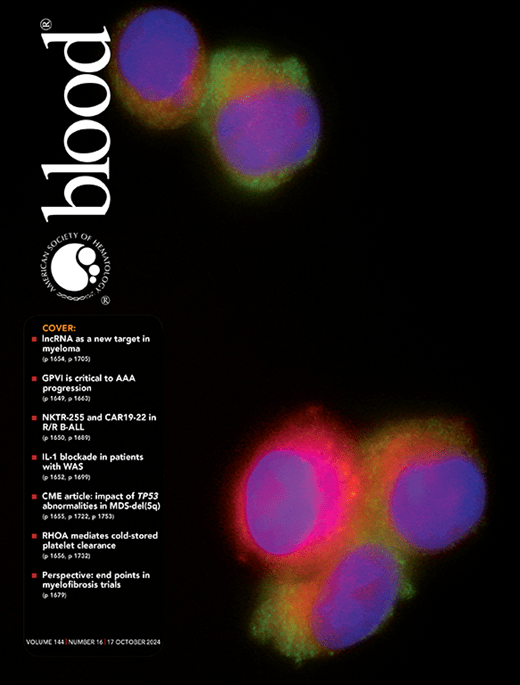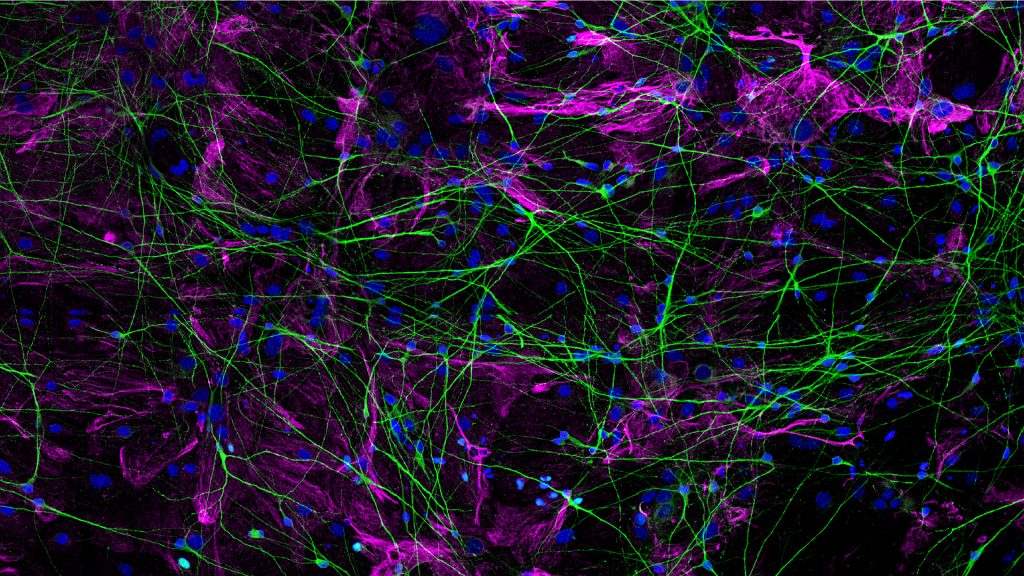Long Non-Coding RNA as Therapeutic Target for Multiple Myeloma

A Long Non-Coding RNA Identified as a Potential Therapeutic Target for Multiple Myeloma: Collaborative AIRC Study by University of Magna Graecia and Human Technopole Published in Blood.
Multiple myeloma is an aggressive cancer that originates from plasma cells. The uncontrolled proliferation of these cells and the production of dysfunctional molecules cause damage to the bone marrow and other organs. Despite the recent introduction of a variety of therapeutic approaches that have significantly improved survival prospects for patients affected by this disease, it still generally carries a poor prognosis.
In recent years, the crucial role of “long non-coding RNAs (lncRNAs)” in tumor development and progression, as well as in treatment resistance, has emerged. However, the vast majority of these RNAs and their functions in cancers remain unknown.
RP11-350G8.5 has been identified as a novel oncogenic lncRNA and a potential target for the treatment of multiple myeloma, as part of a study funded by AIRC Foundation for Cancer Research. The study has been conducted by the Translational Medical Oncology Research Group at the University of Magna Graecia in Catanzaro, led by Prof. Pierfrancesco Tassone, in collaboration with the research group led by Dr. Francesco Iorio at the Computational Biology Research Center of Human Technopole (HT) in Milan.
This achievement was made possible by using cutting-edge genome-editing technologies followed by complex molecular and biophysical validation studies. “We performed a molecular screening using CRISPR-Cas9 technology to investigate the role of 671 lncRNAs in multiple myeloma cells that were either sensitive or resistant to conventional treatments,” explains Dr. Katia Grillone, a researcher at the University of Magna Graecia and leader of the study. “In the study we used this sophisticated molecular screening, conducted in Catanzaro, along with an innovative bioinformatics analysis procedure, capable of integrating laboratory data with clinical data from patients”, adds Dr. Francesco Iorio. “Thus, we identified several lncRNAs essential for tumor growth, which are highly expressed in tumor cells and associated with poor prognosis in patients. Among these, we selected the most promising candidate from a therapeutic perspective.” “Targeting this RNA can induce a selective toxicity in cancer cells, enhance the activity of drugs already in use for myeloma therapy, and simultaneously activate an anti-tumoral immune response,” Dr. Grillone emphasizes.
“This multidisciplinary study,” notes Prof. Tassone, “has generated new findings about that portion of RNA that is still considered dark matter. Our results pave the way for new clinical applications, which are now fully feasible, especially in light of a recent Phase 1 clinical trial conducted at the Catanzaro University with an innovative microRNA inhibitor. The discovery of a new lncRNA, never reported before, as a therapeutic target for multiple myeloma, is an important result, a concrete success of AIRC and its supporters, and a substantial Italian contribution to opening a new frontier in RNA therapeutics.”
This is a significant leap towards an increasingly detailed characterization of the genetic and molecular makeup of tumors, which forms the basis for the development of innovative, targeted therapies in the context of modern precision medicine.




